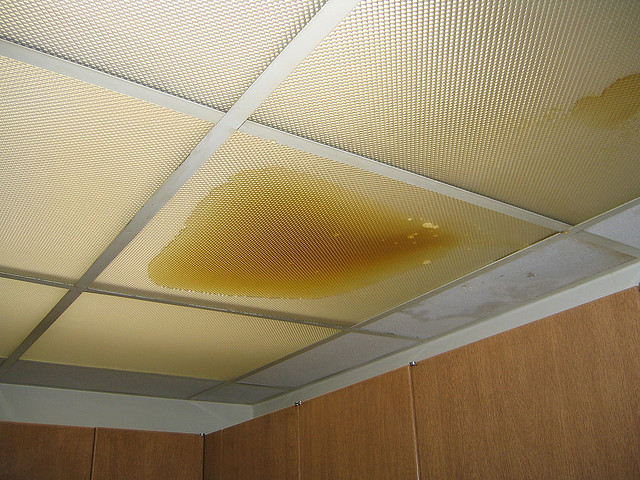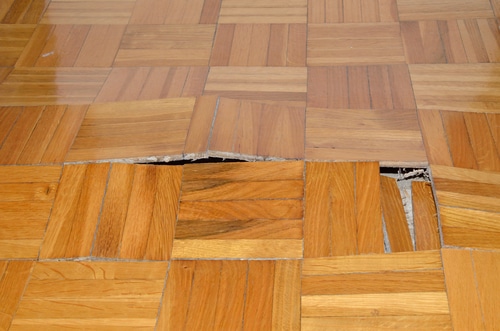Finding Hidden Water Line Leaks: Six Smart Hacks
Finding Hidden Water Line Leaks: Six Smart Hacks
Blog Article
We've found this post on Finding hidden leaks down the page on the internet and believe it made sense to talk about it with you here.

Early detection of dripping water lines can mitigate a potential disaster. Aside from saving you money, it will reduce the aggravation and irritation. The moment you locate a leak, calling your plumber for fixings is the best option. Some small water leaks might not be visible. If you can not find it with your naked eyes, right here are some hacks that assist.
1. Check Out the Water Meter
Inspecting it is a guaranteed way that assists you uncover leakages. If it relocates, that indicates a fast-moving leakage. This means you might have a slow leak that can even be below ground.
2. Check Water Consumption
If you detect unexpected changes, regardless of your consumption being the exact same, it means that you have leakages in your plumbing system. An abrupt spike in your expense suggests a fast-moving leak.
On the other hand, a stable boost on a monthly basis, despite having the exact same habits, shows you have a slow-moving leak that's also gradually escalating. Call a plumber to thoroughly inspect your residential or commercial property, particularly if you really feel a warm area on your floor with piping underneath.
3. Do a Food Coloring Test
When it comes to water usage, 30% comes from commodes. If the shade in some way infiltrates your bowl during that time without flushing, there's a leak between the container and bowl.
4. Asses Outside Lines
Don't neglect to check your outdoor water lines too. Needs to water leak out of the connection, you have a loosened rubber gasket. One small leak can throw away heaps of water and spike your water costs.
5. Examine as well as Evaluate the Circumstance
Home owners must make it a behavior to inspect under the sink counters and also also inside closets for any kind of bad odor or mold and mildew development. These 2 red flags show a leak so prompt interest is needed. Doing routine examinations, also bi-annually, can conserve you from a significant problem.
If you know your home is currently old, keep a careful eye on your heating units, hose pipes, pipelines and so on. Look for discolorations and compromising as many pipes and appliances have a life expectancy. They will also normally deteriorate due to tear as well as wear. If you believe leaking water lines in your plumbing system, do not wait for it to escalate. Call a professional plumber as soon as possible so you don't wind up with a dreadful mess in your home.
Early detection of dripping water lines can alleviate a potential catastrophe. Some tiny water leaks may not be noticeable. Examining it is a proven means that assists you find leaks. One tiny leakage can lose heaps of water and increase your water costs.
If you suspect dripping water lines in your plumbing system, don't wait for it to intensify.
WARNING SIGNS OF WATER LEAKAGE BEHIND THE WALL
PERSISTENT MUSTY ODORS
As water slowly drips from a leaky pipe inside the wall, flooring and sheetrock stay damp and develop an odor similar to wet cardboard. It generates a musty smell that can help you find hidden leaks.
MOLD IN UNUSUAL AREAS
Mold usually grows in wet areas like kitchens, baths and laundry rooms. If you spot the stuff on walls or baseboards in other rooms of the house, it’s a good indicator of undetected water leaks.
STAINS THAT GROW
When mold thrives around a leaky pipe, it sometimes takes hold on the inside surface of the affected wall. A growing stain on otherwise clean sheetrock is often your sign of a hidden plumbing problem.
PEELING OR BUBBLING WALLPAPER / PAINT
This clue is easy to miss in rooms that don’t get much use. When you see wallpaper separating along seams or paint bubbling or flaking off the wall, blame sheetrock that stays wet because of an undetected leak.
BUCKLED CEILINGS AND STAINED FLOORS
If ceilings or floors in bathrooms, kitchens or laundry areas develop structural problems, don’t rule out constant damp inside the walls. Wet sheetrock can affect adjacent framing, flooring and ceilings.
https://www.servicemasterbyzaba.com/blog/how-to-detect-water-leakage-in-walls/

I came across that entry on Hacks to detect leaks while doing a lookup on the search engines. Enjoyed our content? Please share it. Let others locate it. Thanks for your time. Don't forget to stop by our website back soon.
Stay calm, contact! Report this page